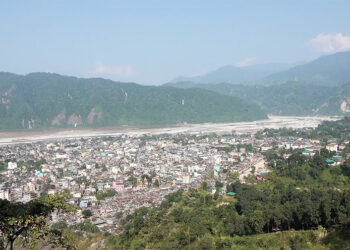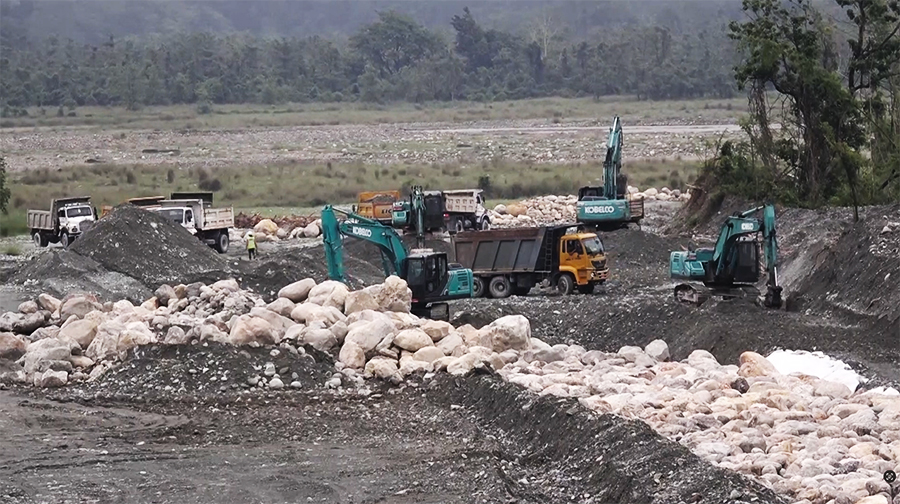 Years of flood-related issues in Gelephu may soon come to an end. Authorities have begun major river protection works along four of Sarpang’s most flood-prone rivers. This is as part of efforts to make the region safer during the monsoon.
Years of flood-related issues in Gelephu may soon come to an end. Authorities have begun major river protection works along four of Sarpang’s most flood-prone rivers. This is as part of efforts to make the region safer during the monsoon.
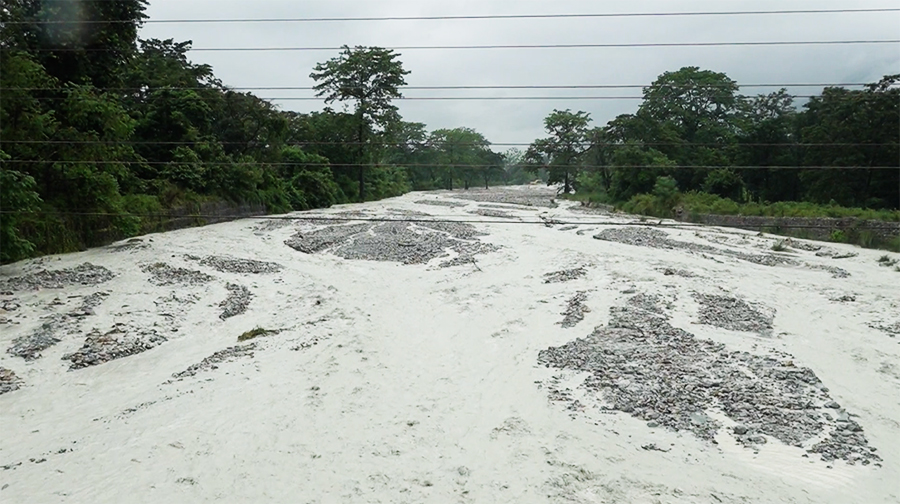 Mao Khola, Shetikhari, Jogi Khola, and Thewar Khola, notorious for swelling during heavy rains, have caused recurring flash floods, property damage, and displacement for decades in the region. In some areas, floodwaters have even reached residential homes, forcing families to evacuate for weeks.
Mao Khola, Shetikhari, Jogi Khola, and Thewar Khola, notorious for swelling during heavy rains, have caused recurring flash floods, property damage, and displacement for decades in the region. In some areas, floodwaters have even reached residential homes, forcing families to evacuate for weeks.
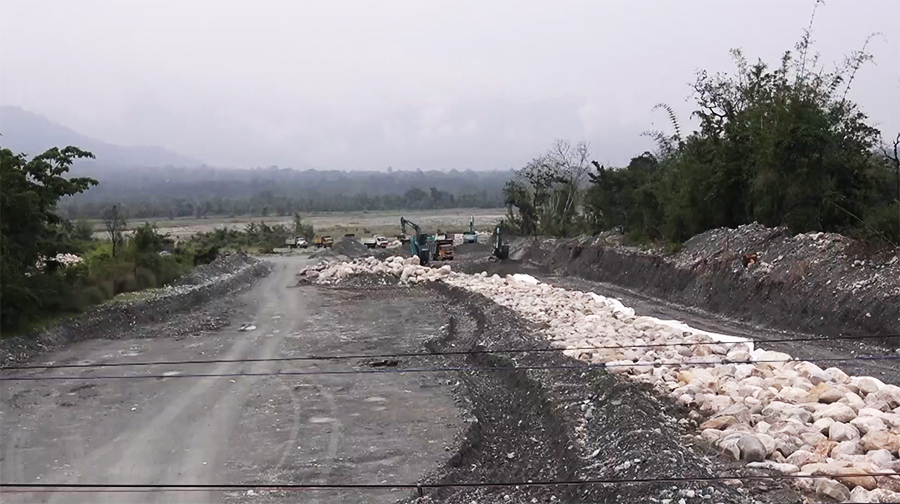 But now, with the Gelephu Mindfulness City vision taking shape, the situation is set to change. The river protection works, prioritised as part of this larger development initiative, are being executed under a 50-50 cost-sharing agreement between Bhutan and the Netherlands.
But now, with the Gelephu Mindfulness City vision taking shape, the situation is set to change. The river protection works, prioritised as part of this larger development initiative, are being executed under a 50-50 cost-sharing agreement between Bhutan and the Netherlands.
The Gelephu Thromde, which is spearheading the works, said the project is being fast-tracked in line with the vision of the Gelephu Mindfulness City, a future-ready city that must be safe from natural disasters.
“Currently, a few parts of Shetikhari fall under Gelephu Thromde and have caused a lot of issues during floods. Likewise, Mao Khola has even damaged the town’s water treatment plant in the past. Some extended lands in Jampeling were also affected. All these areas will now be protected,” said Tshering Norbu, Gelephu Thrompon.
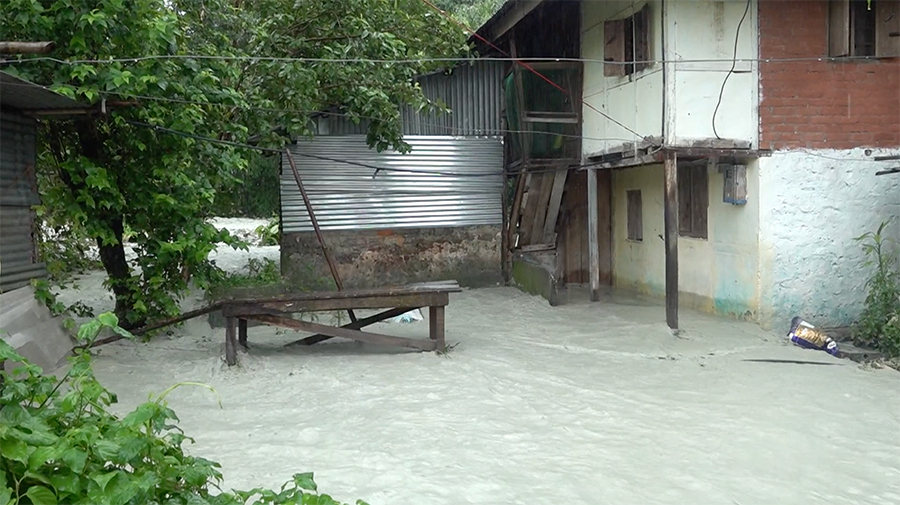 Residents, many of whom have suffered multiple flood-related losses, are already beginning to feel a sense of relief.
Residents, many of whom have suffered multiple flood-related losses, are already beginning to feel a sense of relief.
“Now that the river protection walls are being constructed, we are feeling much safer. In the past, we lived in constant fear of losing our homes,” said Devi Maya Dawreli, Resident, Shetikhari, Sarpang.
“We had to evacuate and live in a hall for two months during past floods. While we are still afraid, it would be better if the walls are completed soon,” said Mon Maya Upreti, Resident, Shetikhari, Sarpang.
According to the thromde’s engineering team, the four-kilometre-long river protection walls along the Shetikhari and Mao rivers are being constructed with strong foundations using large stones to prevent erosion at the base, an issue that contributed to past flooding. On top of these reinforced bases, gabion walls measuring 3 to 4 metres in height will be built.
As part of the same project, about 160 meters of gabion wall is also being constructed along Thewar Khola, which flows near Sershong Primary School and poses a risk of erosion. For Jogi Khola, an 86-metre-long stone riprap, a protective layer of large rocks designed to prevent soil erosion, is being laid along its banks.
Work on the project began about three months ago, and approximately ten per cent has been completed so far. The project costing over Nu 330 M, is expected to be completed by September next year.
Passang Dorji, Gelephu
Edited by Kipchu









